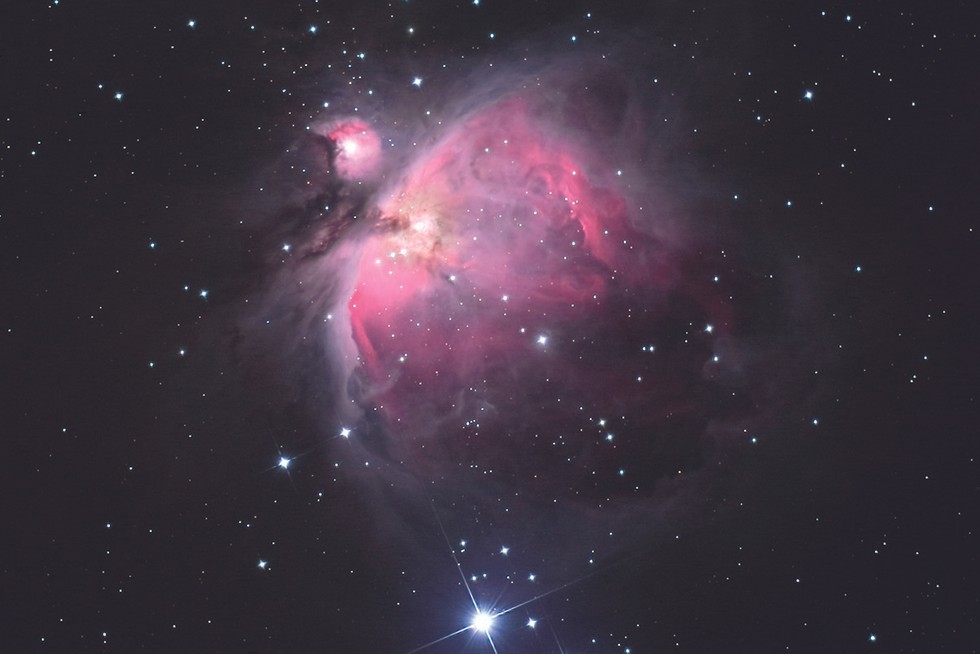Based on data obtained from the Gaia Space Telescope, scientists were able to learn the spatial structure of the Orion A and California nebulae. They created 3D maps of these objects and the stars surrounding them.

3D map of nebulae
Researchers from European universities have created 3D maps of two nebulae. Their attention was attracted by the Orion A and California nebulae. They are known as star formation centers, so their spatial models contain numerous surrounding stars.
From Earth, the nebulae look like small spots, the structure and real shape of which are difficult to determine. However, the Gaia space telescope, which has been operating in orbit for almost a decade, has helped to reveal their structure.
It turned out that the Orion A nebula is a fairly dense object with a pronounced filamentous structure. California is more dispersed and does not have such formations inside itself. Nevertheless, the size of this interstellar cloud is amazing: it stretches in space for 500 light years.
How spatial models of nebulae were created
The Gaia Telescope is the most advanced astrometric instrument created by man. It is not surprising that the position of each point of the nebula in the sky was determined with incredible accuracy. But to create a three-dimensional structure, it is necessary to know how far away from us, or at least from each other, these landmarks are.
And here the researchers found useful data on the light of stars around, inside and on nebulae. The light of each of them, passing through gas and dust, varies differently in different parts of the spectrum. Comparing these data, we can find out what period of the light has overcome through the cloud on its way to us.
The accuracy that can be obtained in this way may seem low. It is only 15 light-years away. However, scientists analyzed about 60,000 stars and this turned out to be enough to obtain a three-dimensional picture of giant clouds.
This method will continue to be used. In addition to the aesthetic effect of the fact that we now have a beautiful 3D map, there is also a practical one. Scientists are very interested in filamentous structures inside clouds. They hope to use this method to understand why some molecular clouds are the centers of star formation, while others are not.
According to www .universetoday.com
Follow us on Twitter to get the most interesting space news in time
https://twitter.com/ust_magazine
